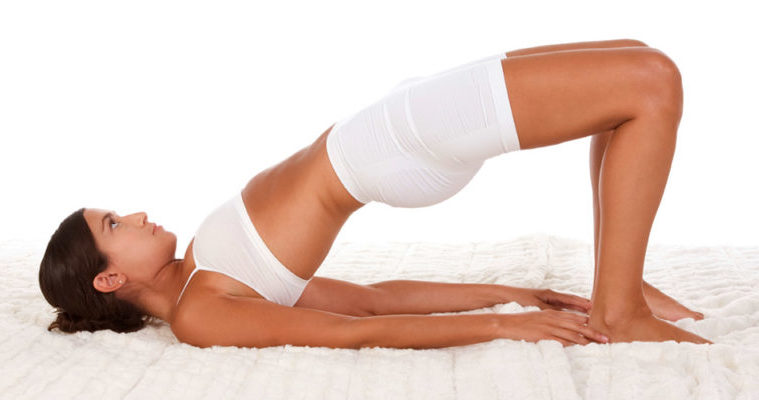How to do the Bridge Pose: Steps and Benefits of Bridge Pose
Like | DoctorBabu | January 25, 2018 | Yoga Bridge Pose, healthy living, Setu Bandha Sarvangasana, Yoga
Bridge Pose — Setu Bandha Sarvangasana is a beginning backbend that helps to open the chest and stretch the thighs. Its Sanskrit name comes from five different words:
- “Setu” — meaning “bridge”
- “Bandha” — meaning “lock”
- “Sarva” — meaning “all”
- “Anga” — meaning “limb”
- “Asana” — meaning “pose”
When you’re in the pose, your arms and legs create a “locked bridge” with your body. This pose can be used as preparation for deeper backbends, or practiced with a block as a restorative pose.
Benefits of Bridge Pose
The bridge pose to be specifically beneficial for spinaland brain related ailments. Its regular practice can also aid in treating mood swings, depression, heaviness in the head, migraine, and anxiety disorders. As you lift your hip up, the urinary tract and the rectus get squeezed. This ends up alerting certain areas in the brain.
Bridge pose is helpful in conditions like slipped disc or upper/lower back pain. However, those who have undergone brain, back, neck, shoulder or spinal surgery should avoid this posture completely.
How to Get into the Pose
- Lie supine on the floor, and if necessary, place a thickly folded blanket under your shoulders to protect your neck. Bend your knees and set your feet on the floor, heels as close to the sitting bones as possible.
- Exhale and, pressing your inner feet and arms actively into the floor, push your tailbone upward toward the pubis, firming (but not hardening) the buttocks, and lift the buttocks off the floor. Keep your thighs and inner feet parallel. Clasp the hands below your pelvis and extend through the arms to help you stay on the tops of your shoulders.
- Lift your buttocks until the thighs are about parallel to the floor. Keep your knees directly over the heels, but push them forward, away from the hips, and lengthen the tailbone toward the backs of the knees. Lift the pubis toward the navel.
- Lift your chin slightly away from the sternum and, firming the shoulder blades against your back, press the top of the sternum toward the chin. Firm the outer arms, broaden the shoulder blades, and try to lift the space between them at the base of the neck (where it’s resting on the blanket) up into the torso.
- Stay in the pose anywhere from 30 seconds to 1 minute. Release with an exhalation, rolling the spine slowly down onto the floor.

Leave a Reply